Cinnamon - a festive favourite
We celebrate popular seasonal ingredients. Cinnamon is featured and here we explore its fascinating history.

The rich spicy flavour of cinnamon is a favourite Christmas ingredient in recipes such as Christmas cakes, Christmas pudding, mince pies, cinnamon shortbread, Zimtsterne (Christmas stars), lebkuchen, mulled wine and glühwein. It was used as a culinary spice, a medicine and as an ingredient of oils and perfumes.
Early history
Early trade in cinnamon to the Roman and Greek empires was controlled by Arab traders, who kept the source a secret. It was thought, by both Herodotus (5th century BC) and Theophrastus (4th century BC) to have come from Arabia, and locating the source was an ambition of 15th and 16th century European explorers.
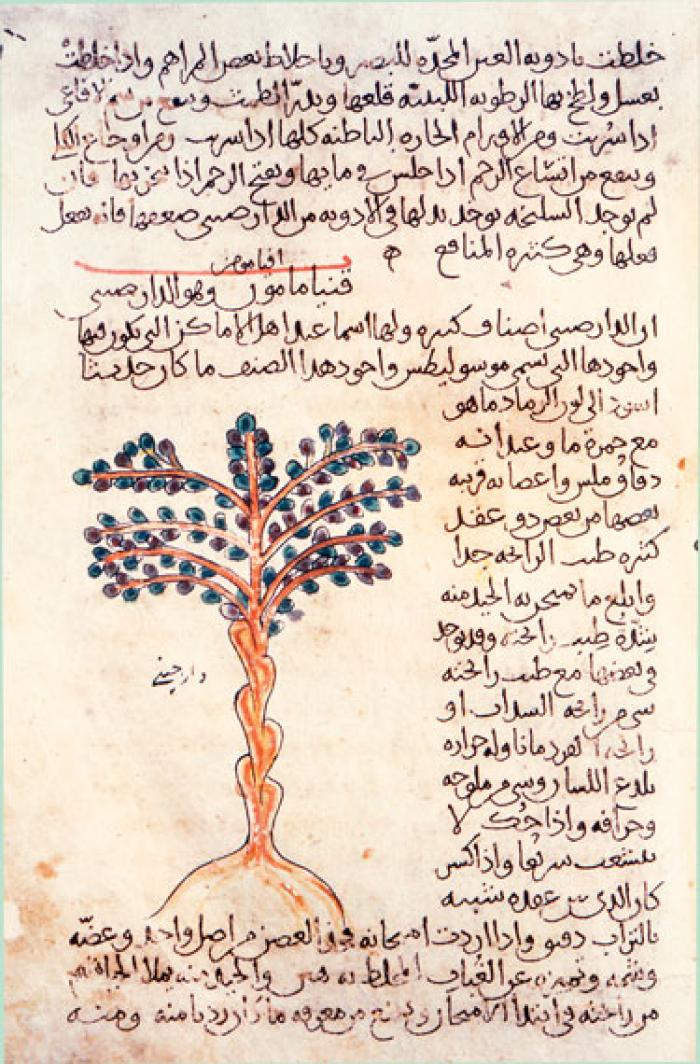
A valuable commodity
In the 13th and 14th centuries Venetian traders controlled the cinnamon trade in Europe, until the Portuguese broke their monopoly when they arrived in Sri Lanka (then Ceylon) in the early 1500s. At this time cinnamon was one of the most highly prized and valuable spices in Europe. The Dutch expelled the Portuguese from the island in the mid 17th century and monopolised the trade, and maintained cinnamon’s rarity (and the consequent high profits) by refusing to allow commercial farming until the 1770s.

The East India Company obtained the monopoly, in 1796, when the Dutch were ousted and retained it until 1833, when the cinnamon trade was opened to all.
What is cinnamon?
Cinnamon is the prepared bark of Cinnamomum verum (synonym C. zeylanicum Bl., Laurus cinnamomum) in the family Lauraceae. It is indigenous to Sri Lanka and south India and widely cultivated in Sri Lanka (approximately 80% of total output), Indonesia, Java, Seychelles, Madagascar, South West Indies, Brazil, Martinique, and Jamaica.
C. verum grows in wet tropical regions, and is an evergreen tree, of 10 to15 metres high, with glossy leaves and small white flowers.

Cinnamon and cassia
Cinnamon is sold in the powdered form or as tightly rolled ‘quill’ of bark and is commonly used in Europe, Mexico, Australia and New Zealand. It is sometimes known as true cinnamon to distinguish it from the similar, less expensive, spice Cassia to which it is related. Cassia, a reddish brown bark or powder, is prepared from Cinnamomum cassia J.Presl (formerly known as C. aromaticum Nees) and Cinnamomum burmanni (Nees & T.Nees) Blume, and may be sold as cinnamon, and is used in China, Southeast Asia, Canada and the United States.
Harvesting cinnamon
Four or five years after planting, from September to November, branches of about 1.5 to 2 cm thickness, are harvested every second year.

This results in a coppicing effect which causes the trees to rarely reach higher than bush form, about two metres.

What happens next?
After harvesting, the outer bark is scraped off, and the inner bark polished and then peeled off in approximately one meter lengths (1.67 m, or 42 inches).
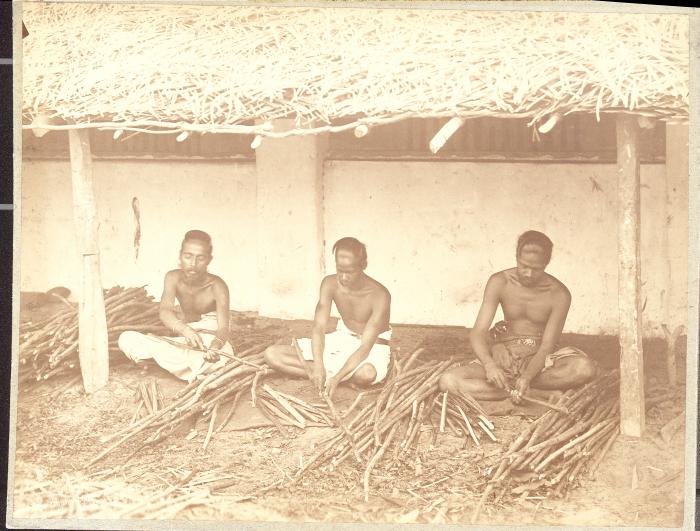
The bark is then stretched, layered and hand-rolled into quills.

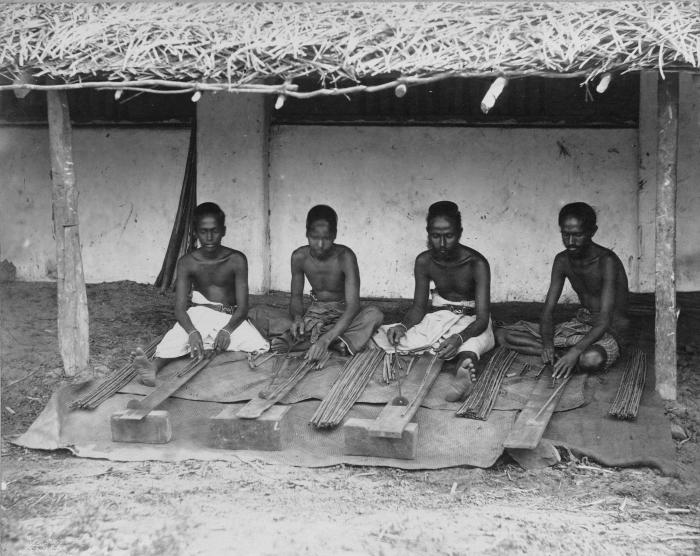
Lastly it is trimmed and dried.
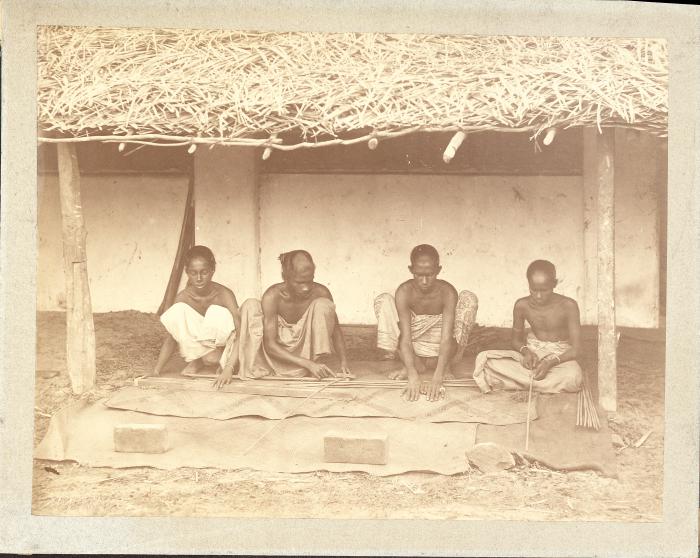

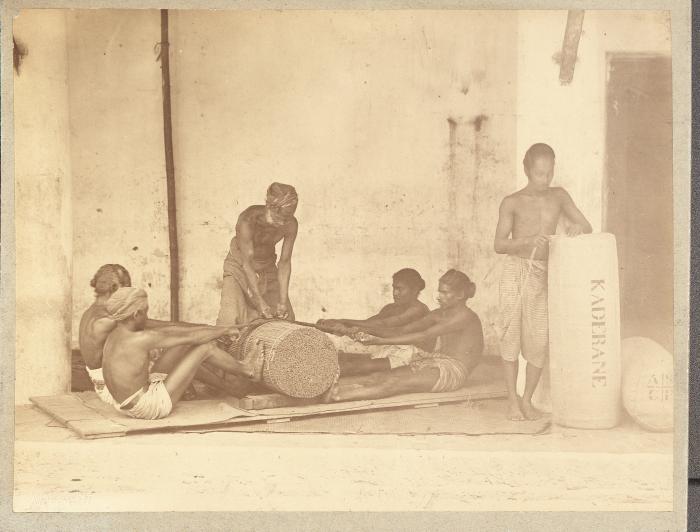
The quills are graded as follows: ‘00000’ (finest quality) to ‘0’ (coarsest) or into four groups according to the Sri Lankan classification: Alba, Fine or Continental, Mexican and Hamburg.

After the quills come quillings (smaller pieces 5 to 20 cm long), featherings (small twisted pieces), chips (trimmings of bark or quills) and powder (from different grades of bark).
Cinnamon's uses
Cinnamon is used in confectionery, dessert and savoury dishes, spice mixes, and mulled wine. In Europe the emphasis is on use with confectionery and baked goods, whereas in the Middle East it is common in meat dishes. For example, it is often used in Moroccan tagines and in India it is a constituent of garam masala.
Two essential oils, cinnamon bark oil and cinnamon leaf oil are also made from cinnamon. The flavour of cinnamon and cassia bark is due to the cinnamaldehyde content. Cinnamon essence, used in cookery, is made from the cinnamon bark oil and the cinnamon leaf oil has a clove like aroma due to it high proportion of eugenol.
I would like to thank Dr. Mark Nesbitt, Manager of the Economic Botany Collection, Lynn Parker, Assistant Illustrations Curator and other members of the Library, Art and Archive staff for their assistance in selecting items for this blog and the accompanying exhibition [now ended].
Anne Griffin - Head of Cataloguing
Bibliography
Boym, M. (1656). Flora Sinensis. Viennae, Austriae: Typis M. Rictij.
Descourtilz, M. E. (1821-1829). Flore pittoresque et médicale des Antilles, ou traite des plantes usuelles des colonies françaises, anglaises, expagnoles et portugaises. Paris : Chez Corsnier [and 5 others], v. 8, t. 565 (Smaller col.)
Davidson, A. (2006). The Oxford companion to food (2nd ed.). Oxford: Oxford University Press.
Rema, J. &. (2008). Cinnamon and cassia. In V. P. Parthasarathy, Spice crops, Volume 2, tree spices. (pp. 29-75). New Delhi: Today & Tomorrow’s Printers & Publishers.
Kew's Economic Botany Catalogue
The Plant List (2013). Version 1.1. . (2013, September). Retrieved December 10, 2014, from http://www.theplantlist.org/
Van Wyk, B. E. (2013). Culinary herbs and spices of the world. Kew: Royal Botanic Gardens, Kew.


